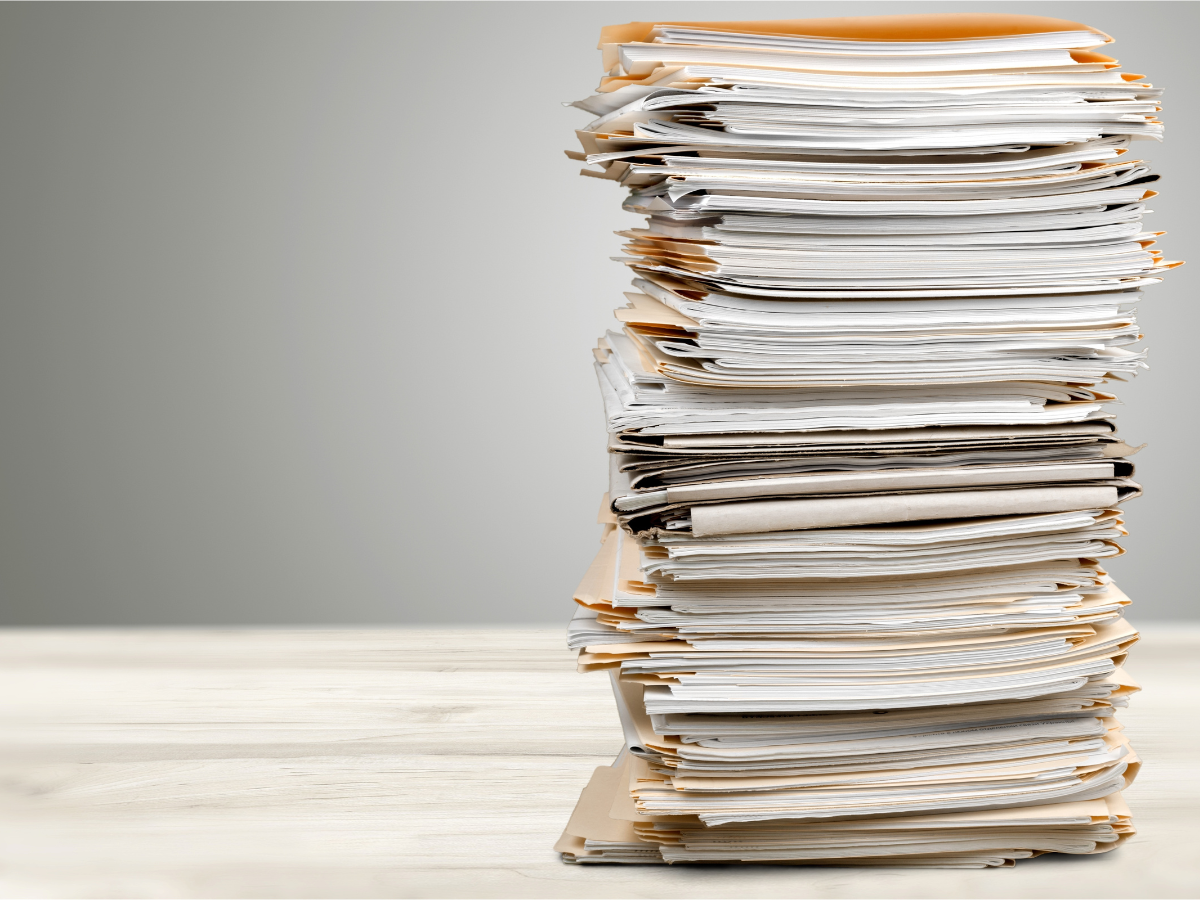Have you nailed it in your living room and then had a meltdown on stage? Yes? Then you’ve suffered from stage fright.
But stage fright doesn’t require that you be “on stage.” It could strike anytime you have an “audience” of any size. Some dancers get “stage fright” when simply asked to demonstrate a move or technique in front of the class.
Stage fright can also range from one end of the spectrum to the other in severity. It can be anything from annoying to debilitating, causing uncontrollable giggling, sweating, dry mouth, butterflies, shaky legs, feeling like you can’t move or even forgetting cues and routines and vomiting.
Regardless of how it affects each individual dancer, it is a condition that can generally be managed with some pretty simple actions.
It’s all about controlling your body and mind – and therefore your performance.
First of all, if you know you have stage fright, you’re already a step ahead. Being able to predict your feelings means that you can prepare yourself to control them. You can say “I know I’m going to shake like a leaf when Ms. Jones asks me to demonstrate a triple pirouette, but I’m going to take a deep breath and imagine that I’m alone in my bedroom – doing them perfectly.”
To help yourself manage your feelings of stage fright be sure that you:
Breathe. Inhale deeply, exhale slowly. Repeat this until you feel your body relax.
“Feel” every part of your body. Energize your body by being physical with it. Rub your hands together to feel friction generate heat and energy in your palms. Hug yourself and rub your palms up and down your arms – transferring that energy around your body. Think about spreading that energy from the top of your head to the tip of your toes.
See your surroundings. Don’t become the deer in the headlights. Make yourself focus on every element in your environment: the lights, curtains, pointe shoes, costumes and dance bags. Soak in every detail – the colors, textures and shapes – so that you aren’t mentally floating in nervousness but focused on the fine points of the performance ahead.
Put it in perspective. Use faith in what’s bigger than you. Whether it’s spirituality or simply the acceptance that this performance is bigger than you, envision yourself with that perspective. You are a small part of the grand perspective. You’re not unimportant, because every part is important to the success of the whole.
Accept the audience. They are on your side – cheering for you to do well, not to fail. Don’t step in front of them with the feeling that they are your adversaries.
Trust your process. You’ve rehearsed for hours, learning and perfecting steps and routines – fine-tuning the choreography to your body. Performance time is when you must trust the process that you’ve gone through to reach this point.
Visualize your performance. Take yourself through your performance step-by-step. Don’t miss a detail. Many professional golfers use visualization before they tee off and it helps them to hit more accurate shots. Similarly, dancers can use it to visualize themselves nailing leaps and spins. This also helps to keep you in the moment and not in a floating fugue.
Keep it positive. Reduce your anxiety and your potential for mistakes by not visualizing what could happen to foil your performance. Don’t let possible mistakes and missteps enter your mind.
Perform more. The army notes that trainees are frightened the first few times they skydive but loose that feeling with more jumps. Apply this logic. Perform more and you reduce the scary part of stepping in front of the audience.
Plan to celebrate. Your celebration doesn’t have to be elaborate. A favorite meal or treat. A massage. A relaxing moment with a friend. Something that is tangible that will help to remind you that this is just one performance. It is one sparkle in the dazzling lights that make up your dancing life.
Decide on pride. Set your mind before your performance to be proud afterwards for trying your best in your performance no matter what.
Enjoy yourself. Set yourself up for success. Make sure your goal is to enjoy yourself. When you make goals out of the perfection of each move, you allow yourself to relax. And it’s proven that things go better when dancers have enjoying the performance as a goal.
Forgive yourself. Realize that you’re not perfect. You’re human.
Even the most accomplished performers can have stage fright. The reason they appear not to suffer from it is that they’ve learned to take control of it instead of allowing it to control them. Some who perform regularly develop pre-performance “rituals.” Some of their rituals may help you to focus your mind on something other than your nervousness.
- Listen to your iPod – the music you’re performing to or not.
- Close your eyes and do a quick meditation. Visualize yourself succeeding and feeling good on stage can help a lot.
- Do something to get ready. Yoga, Pilates, even push-ups, jumping jacks and leg lifts can help your body prepare. Or simply move around to get your body warm.
- Give yourself space. You don’t have to be chatty before performances. If it works best for you to quiet yourself then find a quiet place and do it.
- Think in affirmations. “I dance from the heart and I am beautiful.” “The audience loves me and I feed off of their energy.” – Whatever works for you.
The most important thing to remember is that you don’t need to do all of these things to gain control of your stage fright. Figure out which work best for you and create your own management process. After all, handling stage fright is as individual as your dancing style!
 Michelle Joyce from Cheeky Girls Productions shares her pre-performance exercise tips in a video.
Michelle Joyce from Cheeky Girls Productions shares her pre-performance exercise tips in a video.
Sources: Dance Advantage, DanceSpirit, Dance Perception, CheekyGirlsProductions














